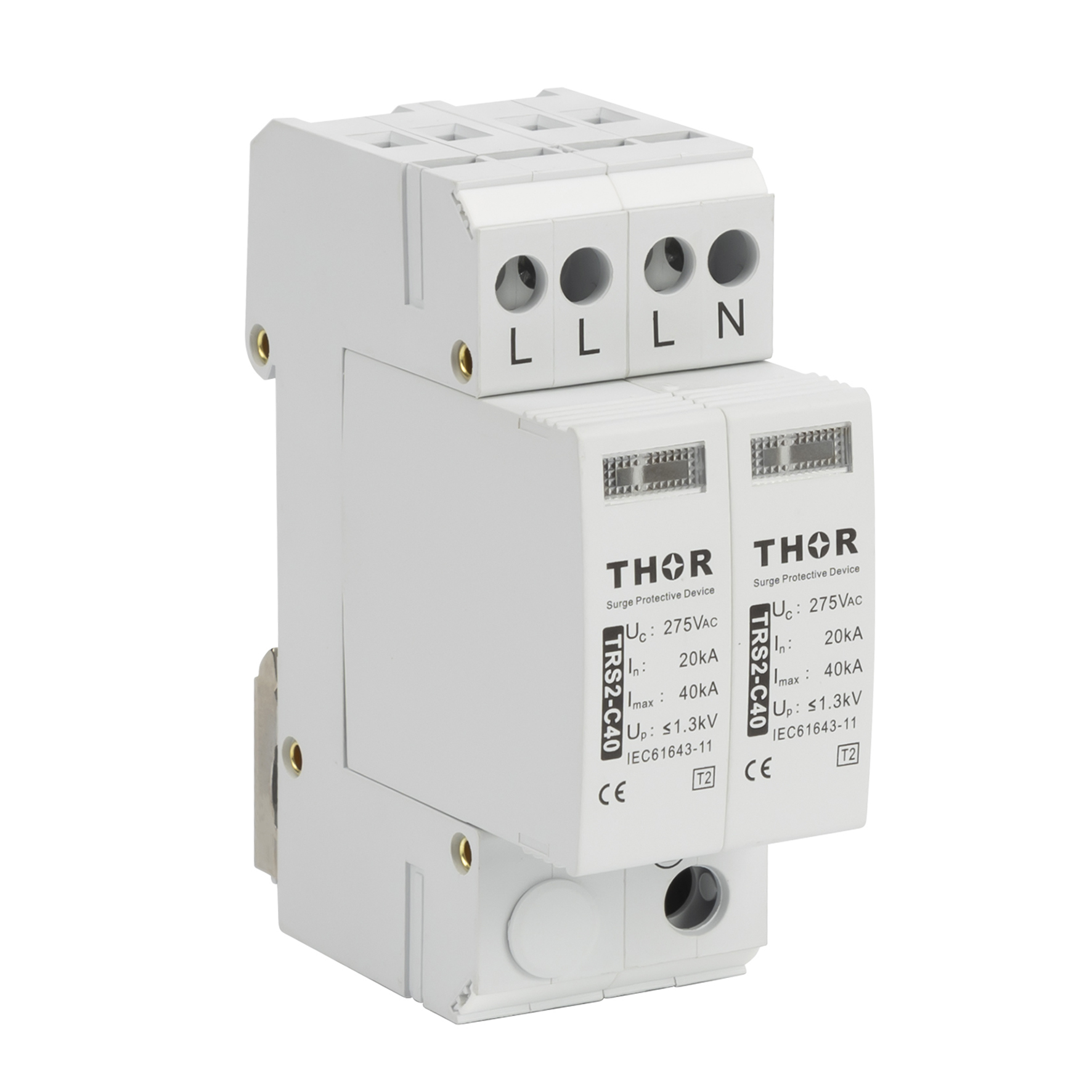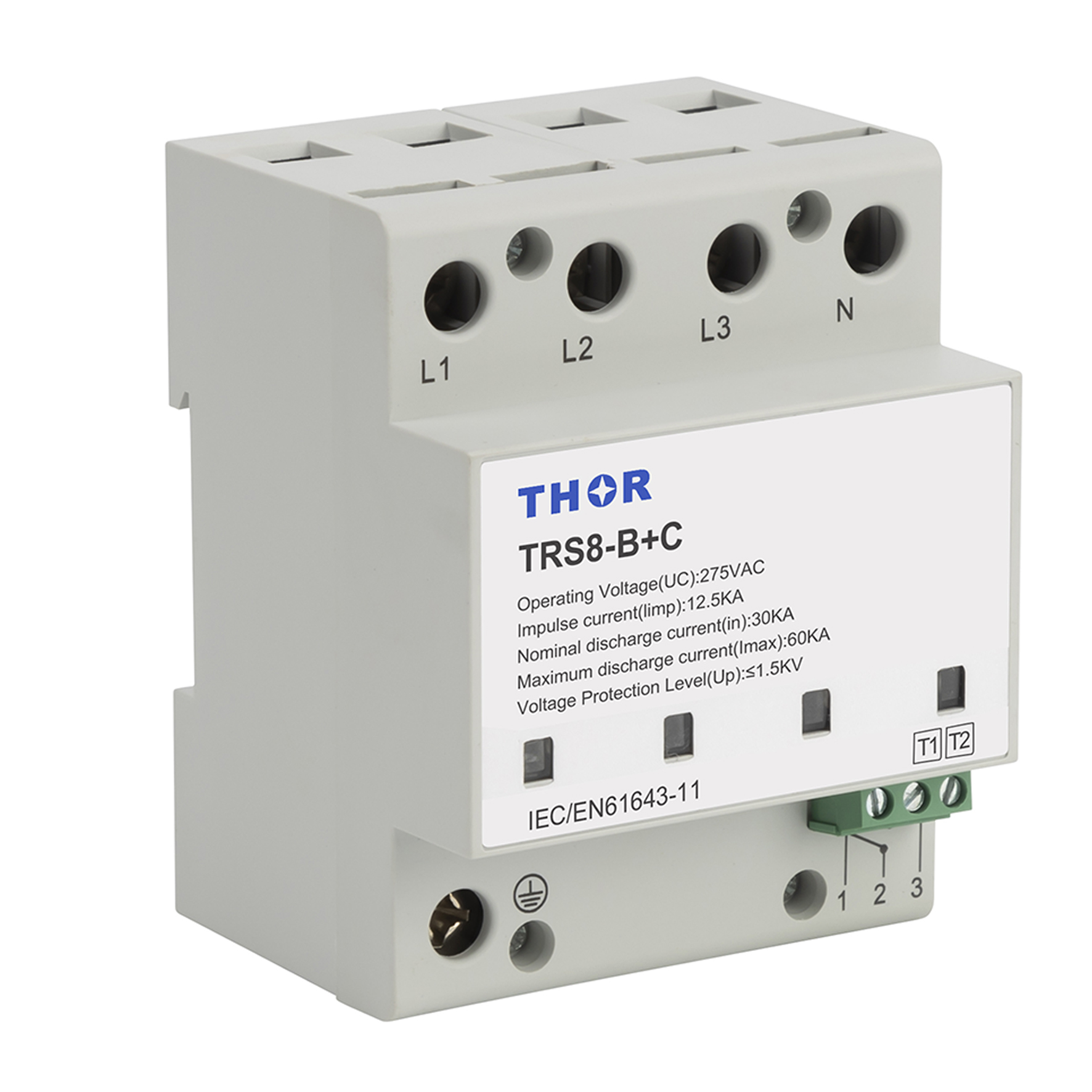Solar panels need Miniature Circuit Breakers (MCBs) for enhanced safety and efficiency. MCBs protect the solar system from electrical overloads and short circuits by automatically cutting off power when current exceeds safe levels, typically around 5-10 times the normal load. This protection is crucial in preventing damage to the solar panels and associated equipment, thereby extending their operational lifespan and reducing maintenance costs.
Basic Electrical Safety for Solar Panels
Solar panel systems, though extremely efficient, can be very dangerous because they are always open to the atmosphere and tend to have a high output voltage. A typical household solar panel system will be around 600 volts DC, which can increase the chances of electrical fires or shocks if they are not handled with care.
Minimizing these risks requires effective circuit protection. Miniature Circuit Breakers (MCBs): These devices will stop the flow of electric current in case an overload or short circuit is detected to prevent electrical fires and injuries.
Ground faults are one of the more dangerous solar panel hazards. When the electrical current paths out of its specified wiring course and takes a trip via the ground wire this occurs. This risk is further compounded in moist conditions and can result in serious safety hazards without the protection offered by a good circuit.
Adding MCBs contributes to an invaluable protection against them. For example, should a ground fault occur, the MCB trips and cuts power to cease any further harm. This rapid response time is especially advantageous in the solar panel world as there are electrical problems that need to be shut down rapidly before they reach a critical point and can cause fire.

What is an MCB
A Miniature Circuit Breaker (MCB) is an automatically operated electrical switch designed to protect electrical circuits from damage due to overcurrent/short circuit. Its main job is to stop current flow when a fault occurs, preventing electrical fires as well and protecting all devices connected in the circuit.
While a fuse would then need to be replaced, an MCB can simply have its switch reset and continue supplying power as normal. When the current that passes through MCB is more than what it has been rated for, the switch of this device turns off so the circuit gets opened and stops to run electricity on.
The three elements associated with MCBs generally are:
- Bimetallic Strip: Heats up and bends when there is an overload, triggering the trip mechanism.
- Solenoid: Reacts to short circuits with a swift pulling action that opens the circuit.
- Trip Mechanism: A mechanism that mechanically opens the switch when either the bimetallic strip or solenoid activates.
The MCBs are classified into different categories like D-Type MCB, C-type, and B Type MCA based on their tripping characteristics suitable for various applications.
- Type B: Trips between 3 and 5 times the full load current. Ideal for residential or light commercial installations.
- Type C: Trips between 5 and 10 times the full load. Suitable for commercial and industrial applications with moderate surge currents.
- Type D: Trips between 10 and 20 times the full load. Used in applications where high surge currents may occur, such as in large transformer circuits.
This is an edge over fuses as MCBs can quickly trigger when electrical faults happen, be easily resettable, and have the ability to control precisely on or off states of different circuits without necessitating a change after it functions through a fault.
Choosing the right MCB
is very important and it should correspond to the voltage level and current rating of the system so that overloads or short circuit can be properly addressed. Normally, with a solar system installer or an electrical engineer would calculate the requisite based on the maximum voltage and current of the panels ensures that MCB can withstand overall load, does not trip such is better.
If it recognizing about the MCB, so you have to distribute to professionally (for users) and its operation should like professional as well. This may require where the current protection is placed in the electrical circuit, to be properly connected with permanently fitted connections as well as periodically checking their operational capability. These practices ensure that the safety mechanisms are always on and alert.
The benefits of MCBs in solar are obvious when you consider the long-term safety and performance advantages. They secure the premises against emergency electrical accidents and besides this, serve to maintain good health of your solar power system thus resulting in longer life with proper efficiency.
Role of MCBs in Solar Panel Installations
Consider your solar panel setup a high-performance car. But would you be more comfortable driving it with no brakes, OR? Likewise, no one should power a solar installation without an MCB. It's only there to preserve your system by killing power if it detects an overload or a short circuit. In case you have no time to do it by yourself, this action will definitely save your solar array from fire danger and protect its sensitive components.
Now consider a situation in which the solar system is being imposed with environmental stress like lightning strikes or surge of power. The first line of defense is an MCB. It is designed to handle these sudden power surges, protecting the electrical load by disconnecting it before any harm can come.
Let's dive into specifics. If you are installing a Solar Panel, change type mostly using Type C MCBs. Why? Since they only trip 5 to 10 times the full load current, this makes them ideal for managing the moderate surges found in solar installations. By this, the normal diurnal changes in energy generation are prevented from becoming undesirable trips and so a stable and efficient flow of electricity is guaranteed thanks to these MCBs.
That is not only about the use of MCB itself. It complements other elements such as surge protectors and ground fault isolators. This team would then work together seamlessly to protect your solar panels, inverters, and even the grid connection from electrical threats.
The installation requirements for MCBs in Solar system
When you’re picking out an MCB for your solar panels, think of it like selecting the right size protective gear for sports—you need the perfect fit to ensure safety. The first step? Determine the maximum current your solar system can generate. Let's say your system outputs a peak current of 40 amps. You'll need an MCB that can handle slightly more than this, typically one rated for 50 amps, to accommodate any short bursts of extra current without tripping unnecessarily.
So now, where to install this MCB? It's crucial. MCB should be installed as near the solar inverter as possible. This shortens the length of unprotected electrical and improves the response to immobilize any electric faults. The wiring between the solar array and inverter must be of good quality and properly sized to avoid any voltage drop that might prevent MCB from operating correctly.
Syncing MCB with your inverter specifications is a bit like making sure the apps will work just fine, without any aid to drop you here and there. Here, if your inverter has a maximum input of 1000V and 40A then the upper limit value must be higher than the previous one to withstand these peak conditions. A mismatch here might lead to frequent but not so worst cases of tripping OR no trip at all over fault and potentially causing a disaster for your solar equipment.

Advantages Of MCBs with Solar Panels
Once an overload or short circuit is detected, the MCB trips and cuts off the power supply to prevent any damage due to overload which could lead to fire. This is an important response time as solar panels are usually exposed to weather conditions and therefore experience different peaks.
MCBs help in preventing electrical overload and are much important for your solar panels / inverters' lifespan. This is as if your solar system were equipped with a screen against the usual wear and tear of high currents. It may take longer, but ensure you have already taken this precaution - it will save a lot of money later to replace or repair things. For example, a solar inverter could see continuous stresses that would cut its operational lifespan in half without the involvement of MCB.
Because of the above, electrical faults are reduced significantly in frequency and severity when MCBs exist which helps cut down on maintenance requirements and costs. You save not just on possible repair bills, but also much-needed downtime. For a commercial solar power arrangement, it is one of the features that help in uninterrupted operation and high-dependability involve by keeping up gainfulness.
One of the best features about MCBs is that they are modular. If you have a unique system in place, such as on a small residential rooftop or a large commercial farm - this is where you can customize your over-voltage protection. Bramha Kumar as salah satu sesepuh DUMET School menjawab itu semua, "Use safety MCB for every component & equipment so that in case of short circuits it won't harm the controller and other setups."
